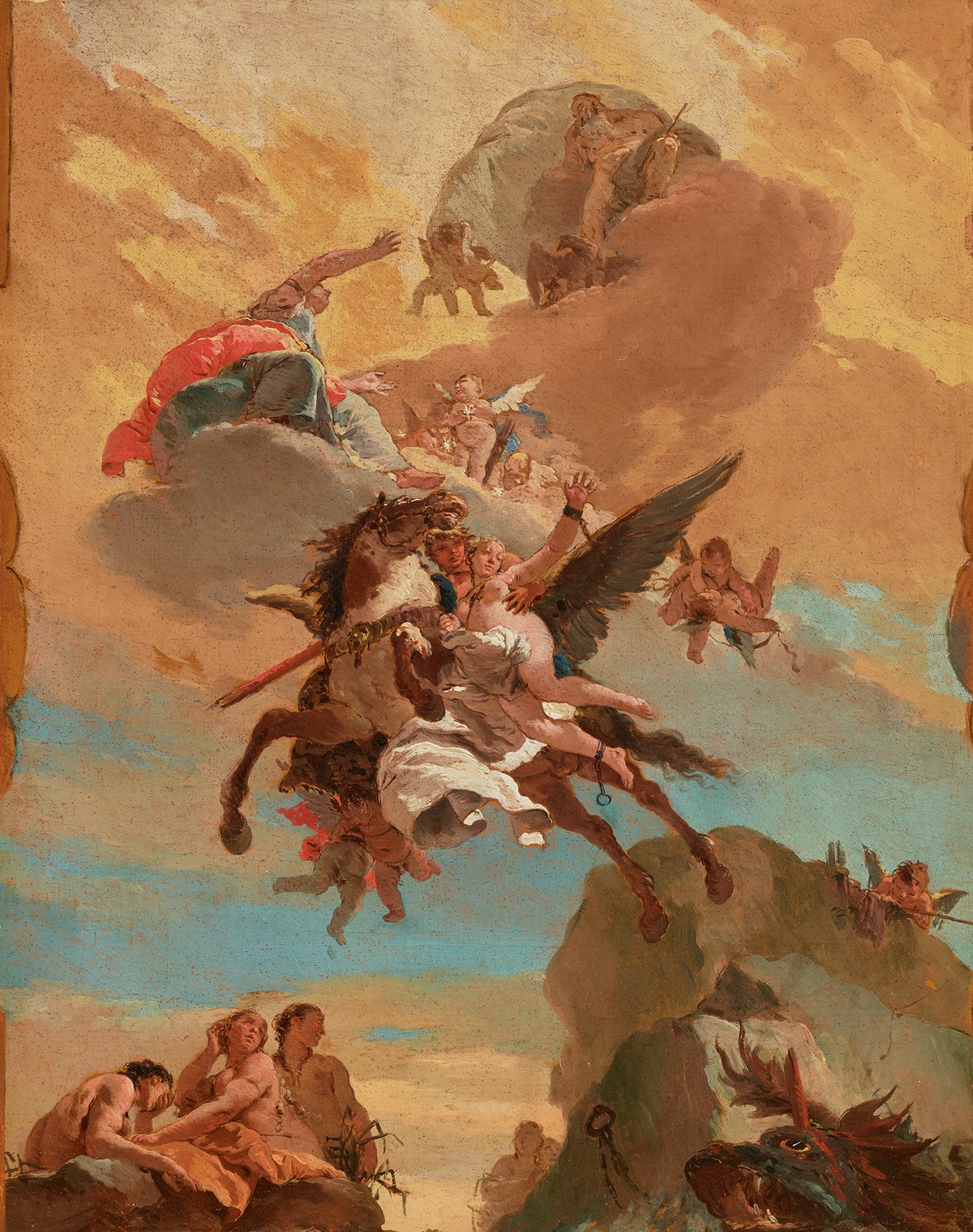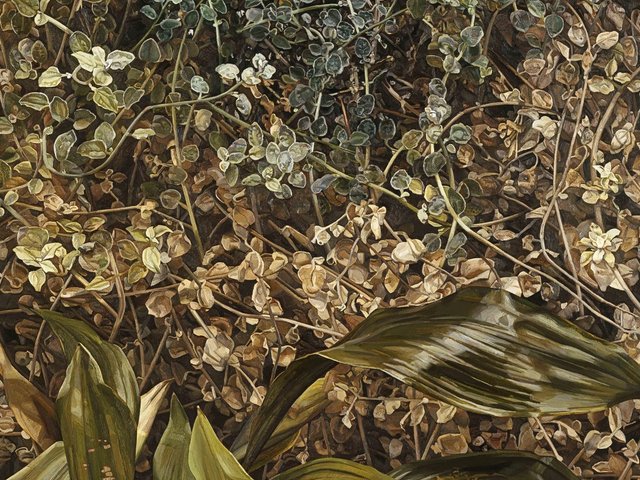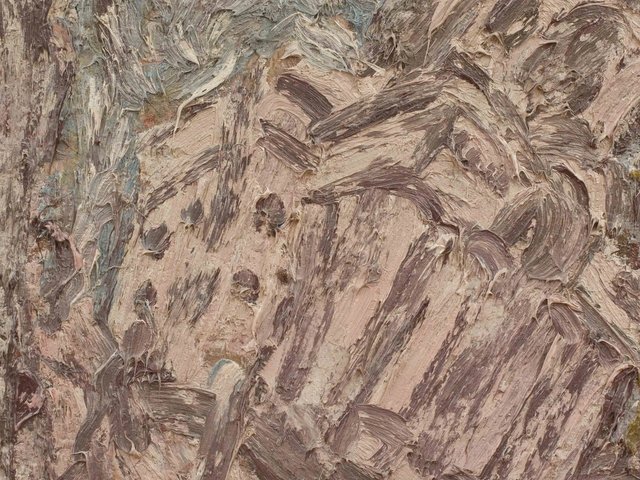Between 1730 and 1731, the 24-year-old Giambattisa Tiepolo frescoed five ceilings in the palace of Count Carlo Archinto in Milan, the artist’s first job outside his native Venice. (Shown here, Tieopolo’s modello for a ceiling fresco, Perseus and Andromeda, around 1730-31.) Classical mythology and a couple of allegories provided the somewhat jejune subject matter—as Michael Levey commented on them, “The age of Johnson never despised a sonorous commonplace”—but, alas, the palace and its ceilings were destroyed in the Second World War. Photography, however, has preserved their appearance and a number of preparatory drawings and three painted sketches survive. All these things have been reunited for an exhibition at the Frick Collection (until 14 July) and this catalogue helps to fills the Milan lacuna in Tiepolo’s career, the moment in which he clarified his idea of a “ceiling heaven” that was to serve him, in various forms, for the rest of his career. The essay by Andrea Tomozzoli explains this evolution and Xavier Salomon the history of the Archinto family and their palace. Denis Ton, contra Levey, gives evidence of Tiepolo’s learning in conjunction with this commission and the Milan intelligentsia. This book will serve as a stand-alone contribution to Tiepolo scholarship and is a superbly done exhibition catalogue.
- Xavier Salomon et al, Tiepolo in Milan: the Lost Frescoes of Palazzo Archinto, Paul Holberton Publishing, 224pp, £45, €50, $60 (hb)






